Chapter 2 Carolyn A. Emery1 and Constance M. Lebrun2,3 1Department of Kinesiology and Medicine, Faculty of Kinesiology, University of Calgary, Calgary, Alberta, Canada 2Department of Family Medicine, Faculty of Medicine and Dentistry, University of Alberta, Edmonton, Alberta, Canada 3Glen Sather Clinic, University of Alberta, Edmonton, Alberta, Canada The purpose of this chapter is to provide an evidence-informed review on what is known about burden of injury, intrinsic and extrinsic risk factors, and injury prevention strategies in female athletes. Sport injuries in the female athlete may be predictable and potentially preventable. While one cannot eliminate all injury in female athletes, the number and severity of injuries can be reduced through various preventative strategies. With increasing involvement of female athletes at elite levels across many sports, the impact of sport injury in this population warrants attention. Reducing the risk of sport injury will have a major impact on participation in sport, performance, and long-term quality of life (QOL) through the maintenance and promotion of physical activity. There is evidence that level of physical fitness is a significant predictor of all-cause mortality, morbidity and disease-specific morbidity (e.g., cancer, cardiovascular disease, diabetes). Injuries, specifically those to the knee and ankle, are also a leading cause for the development of osteoarthritis in later life. A four-stage approach is considered in examining injury prevention in multiple sport populations and is also relevant to female athletes. First, one must understand the extent or magnitude of injury burden in female athletes and sport-specific populations prior to examining risk factors and prevention. Second, causes of injury or risk factors must be identified in the female athlete population. Third, prevention strategies need to be developed. Lastly, prevention strategies require implementation and evaluation to maximize uptake and impact in a sport-specific context. Females have not always enjoyed the relatively unrestricted access to sport that they currently have. In past times, the ancient Greeks actually barred women from participating at the ancient Olympics, even as spectators. No women took part in the first modern Games in 1896. Fortunately, this has changed significantly, with almost equal participation now of female and male athletes in the majority of Olympic sports. In the 2012 Summer Olympics, women’s boxing made its debut, and the 2014 Sochi Winter Olympics saw the inclusion of women’s ski jumping for the first time. Over the past 40 years in particular, there has been an exponential increase in the involvement of women and girls in recreational physical activities, as well as in competitive sport at the highest levels. Women now train and compete in most sports, some in which historically only men participated. These include ice hockey, wrestling, rugby, and boxing. Participation in grassroots development in ice hockey and rugby for girls has increased significantly in the past decade (Figure 2.1). Title IX legislation in the United States (enacted in 1972, with a “mandatory compliance date” of 1978) stipulated that institutions receiving federal monies provide equal access and funding for women for extracurricular activities, opportunities for participation, scholarships, and qualified coaching. This has had a dramatic effect in the United States, with female sport participation increasing almost 10-fold over this time. The number of female professionals employed within women’s athletics is at an all-time high. There have also been important and progressive advances in societal and cultural views worldwide toward the acceptance of female athletes. Figure 2.1 Women’s ice hockey Sochi 2014 Winter Olympic Games. Final, Canada 1st; USA 2nd. ©2014/International Olympic Committee/Chris Graythen. With permission. The overall incidence of injury in female athletes varies by age, sport, level of competition, country, culture, etc., and is therefore difficult to generalize. Injury surveillance systems and tracking of injuries and their direct and indirect costs are also inconsistent between nations. It is estimated that in the United States, currently more than half of female adolescents are involved in school or club sports. Data from National Athletic Trainers’ Association indicate that during a sport season more than one-third of female high school athletes experience an injury. Knee injuries represent the largest single orthopedic condition in female athletes. It is projected that among female collegiate athletes, 1 in 20 sustains a knee injury, and the risk for high school players is 1 in 50. Data from national surgical registries of Norway, Denmark, Sweden, and Germany for anterior cruciate ligament (ACL) reconstruction indicate an overall incidence of 34–81 per 100 000 citizens, with the most surgeries in the 15- to 19-year age group. This likely represents an underestimation of the true incidence, as nonoperative injuries are not captured. The Injury Surveillance System of the National Collegiate Athletic Association has been in operation for more than 20 years. It is used to track injuries across 15 sports in a representative sample of colleges and universities (typical age of athletes of 18–23 years). A 16-year snapshot (from 1988–1989 through 2003–2004) portrayed the distribution of ACL injury, as a percentage of all injuries, and the rate per 1000 athlete-exposures (games and practices combined). Football (soccer) accounted for the greatest number of ACL injuries overall, because of the largest number of participants. However, comparing the sport-specific proportion of all injuries that are ACL injuries with other injuries, female football/soccer, lacrosse, gymnastics, and basketball predominated. For the age group younger than college (14–18 years), the rate of noncontact ACL injuries in soccer was twice as high in females than in males, and in basketball, nearly four times that of males (Figure 2.2). At the professional level, the ratio of ACL injuries in male compared with female athletes approximates one; however, it is difficult to interpret whether or not this represents a true decrease. One could speculate that at least it is partly due to dropout of the previously injured players (e.g., “survival of the fittest”). Figure 2.2 Basketball Women London 2012 Olympic Games. Qualifications, Croatia versus Czech Republic. ©2012/International Olympic Committee/John Huet. With permission. In other sports, such as competitive alpine skiing, the incidence rate in females is twice that of males (Figure 2.3). Female athletes in team handball are also at extremely high risk, with the greatest incidence occurring at the most elite level of competition (Figure 2.4). Across all sports, the risk of injury is significantly greater during competition than during training. Figure 2.3 Alpine skiing, Giant slalom women Vancouver 2010 Winter Olympic Games. Ana Drev (SLO). ©2010/International Olympic Committee/Mine Kasapoglu. With permission. Figure 2.4 Handball Women London 2012 Olympic Games. ©2012/International Olympic Committee/John Huet. With permission. Injury risk is largely sport specific, but there are some differences between males and females in specific sports. Young female athletes in gymnastics, dancing, and figure skating frequently experience spine injury including spondylolysis (Figure 2.5). Male athletes in football, ice hockey, and soccer may also experience spondylolysis. Injuries in both sexes may be either acute and traumatic, or chronic and related to overuse. Common musculoskeletal injuries in female athletes include ACL sprains, patellofemoral joint (PFJ) dysfunction and stress fractures. Previously, women were thought to have decreased upper body strength compared with their male counterparts, thus accounting for increased risk of upper extremity injury. However, earlier participation in sports by girls, as well as more adequate and sport-specific training programs has helped to moderate but not eliminate this discrepancy. Figure 2.5 Artistic gymnastics London 2012 Olympic Games. Women team competition final. ©2012/International Olympic Committee/John Huet. With permission. Women typically (but not always) have increased general joint laxity as compared with men. Laxity about the ankle joint and elbow is thought to lead to a greater incidence of ankle sprains and lateral epicondylitis. Interestingly, in terms of stability of the glenohumeral joint—women have increased anterior laxity, while men have increased posterior laxity. The hormone relaxin has a significant role in ligament and tendon laxity. During pregnancy, it increases ligamentous laxity to specifically facilitate changes in the sacroiliac joints and symphysis pubis, thus allowing for enlargement of the pelvic outlet during childbirth. It can also affect other ligaments, and as higher relaxin levels persist into the puerperium, women are consequently more prone to ligamentous injuries both during and immediately after pregnancy. The majority of the literature on specific injury risks in female athletes is commonly focused on noncontact ACL injuries. Female athletes are known to have a greater propensity for lower extremity injury, in particular ACL rupture, in landing and cutting sports, such as basketball and soccer. They are reportedly at greater than threefold risk of ACL injury than male athletes in some sports. The sport-specific relative risks are 3.5 for basketball and 2.7 for soccer, both sports that are played with the same rules as their male counterparts. This is a devastating problem, leading to later life development of meniscal tears and post-traumatic osteoarthritis. In addition to decreased ability to participate in sport, the economic implications in terms of time loss from school/work, costs of operative intervention, and rehabilitation are staggering. Thus, prevention is paramount. Predisposing causes for ACL injuries include both anatomic and physiological factors. The intercondylar notch is smaller in females, as is the ACL. Women have decreased muscle strength ratios between the quadriceps and hamstring groups, predominately utilizing the quadriceps to stabilize the knee joint, as compared with males, where hamstring activity dominates. Greater testosterone levels in men lead to larger and stronger muscles. Women are more dependent upon the strength of the ligaments, whereas males can rely more on the strength of their thighs. Possible hormonal contributing factors will be discussed subsequently. Injuries to the PF joint are commonly attributed to different body habitus in female athletes such as wider hips and pelvis, increased femoral anteversion, and Q angle (Q angle, the angle formed by a line drawn from the anterior superior iliac spine to the center of the patella, and a line drawn through the center of the patella and the tibial tuberosity). However, scientific proof supporting this anatomic theory is limited, and a number of studies have actually documented narrower pelvic width in some females compared with males. There is evidence however to support biomechanical risk factors for PF joint injury, including altered pelvic-stabilizing abilities and landing mechanics (e.g., more erect posture, greater knee flexion excursion, greater knee flexion velocities, greater knee valgus, greater ankle contribution to energy dissipation during landing). Many of these differences are amenable to informing specific prevention programs, which can then be tailored to individual sports.
Injury prevention in the female athlete
Introduction
Who is affected by injury?
Participation in sport
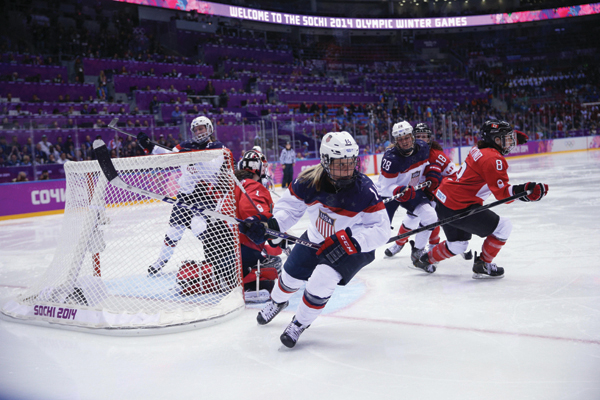
Incidence of injury in female athletes (overall and sport specific)
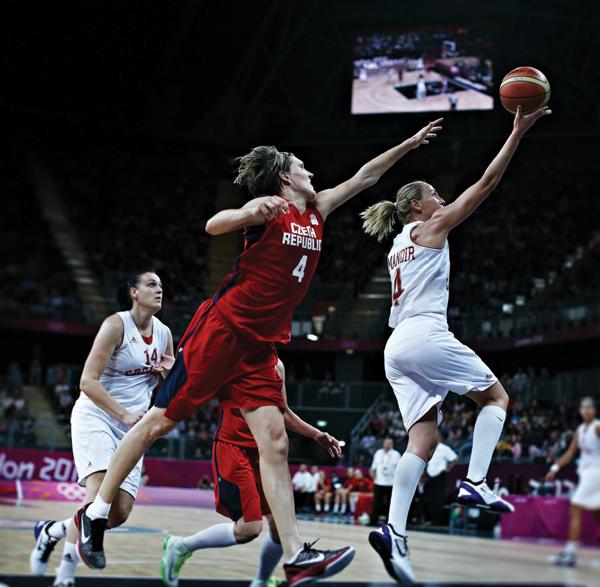
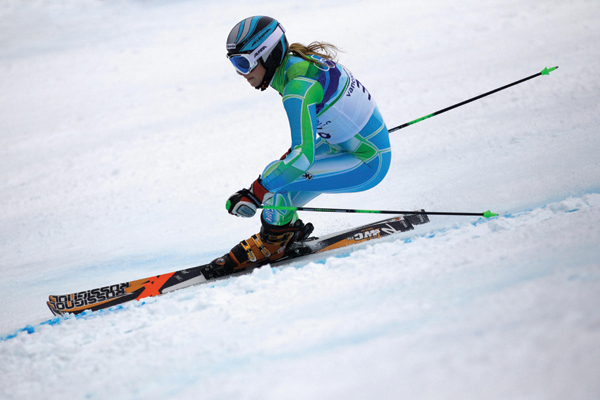
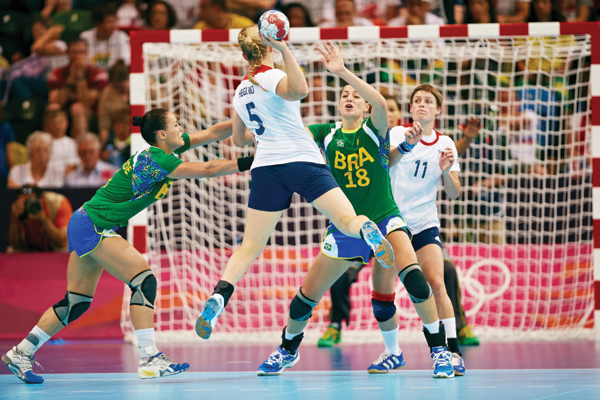
Where does injury occur?
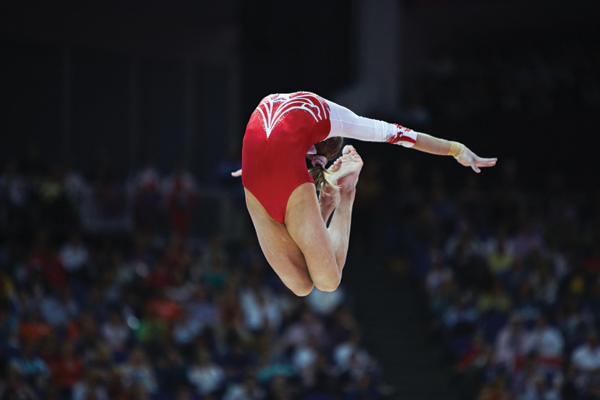
Stay updated, free articles. Join our Telegram channel

Full access? Get Clinical Tree







